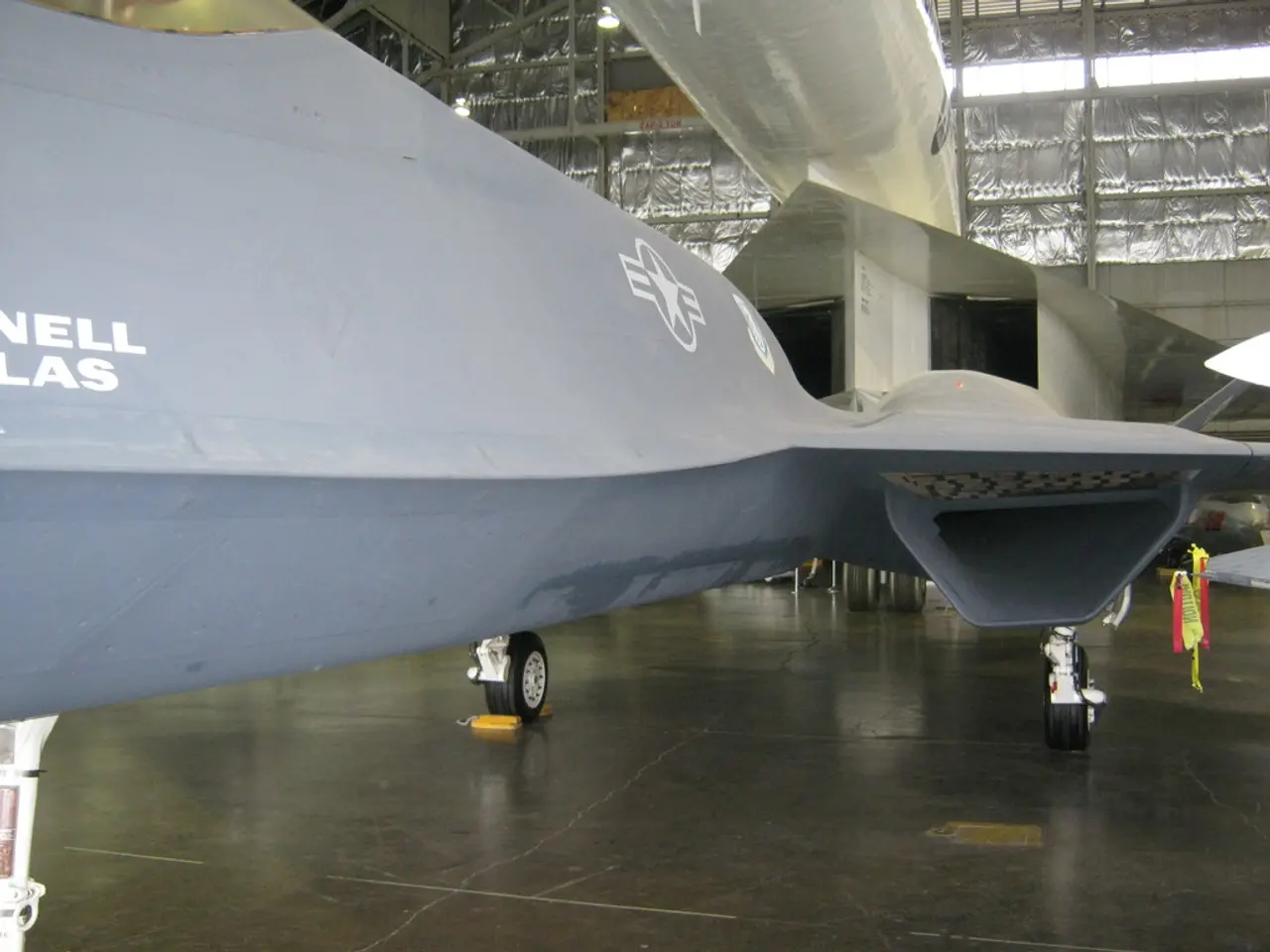Leadership in the travel sector sets foot in Washington D.C., arriving at a crucial juncture
Hit the Refresh Button on Air Travel Safety in the USA
Their Time Is Now
For far too long, America's travel systems have struggled under the pressure of archaic technology, staffing shortages, and inefficient screening. These ongoing issues pose serious threats to safety, reliability, and efficiency, calling for urgent action from the nation's capital.
Now, that action is underway.
With President Donald Trump, Transportation Secretary Sean Duffy, and Congress leading the charge, the United States is squarely addressing these major challenges. They're spearheading the modernization of air travel safety, updating airport technology, and making much-needed improvements that stand to benefit millions of American travelers.
Modernizing air traffic control is a top priority. Secretary Duffy has proposed a cutting-edge plan, integrating advanced technology to replace the decades-old systems and deliver a smoother, more secure, and efficient experience.
The Runway Ahead
The U.S. Department of Transportation is advocating for at least $12.5 billion in dedicated funding as part of a broader legislative package. This funding will finance the overhaul, including the installation of modern radar systems and advanced surface detection technologies at critical airports. Major U.S. airlines, including American Airlines, are backing this plan, emphasizing that upgrading air traffic control technology will boost safety and efficiency for millions of travelers.
Bumps in the Road
Progress has been gradual, with challenges within the Federal Aviation Administration (FAA) – staffing issues, outdated infrastructure, and telecommunications – hindering the long-term modernization effort. Recent operational disruptions at airports such as Newark Liberty International Airport highlight the need to modernize the existing air traffic system. Secretary Duffy emphasizes that while the current system is safe due to careful management and coordination, the outdated technology is a critical infrastructure issue that requires immediate attention and substantial funding to ensure future safety and efficiency.
Going Forward
The Senate is expected to vote on essential legislation enabling this modernization effort soon. The time for action is now. A resilient, safe air traffic control system for the future is within reach, but it hinges on overcoming the FAA's institutional challenges and securing full congressional support for the necessary investments to update and future-proof the nation's airspace infrastructure.
- The ongoing struggles of America's travel systems, involving archaic technology, staffing shortages, and inefficient screening, have long been a concern in the realm of policy-and-legislation and general-news, posing threats to safety, reliability, and efficiency.
- The finance sector is actively supporting the modernization of air travel safety, as President Donald Trump, Transportation Secretary Sean Duffy, and Congress are advocating for updates in airport technology and improvements that could benefit millions of American travelers.
- The modernization of air traffic control is a top priority, with Secretary Duffy proposing an advanced technology integration plan to replace outdated systems and deliver a smoother, more secure, and efficient travel experience.
- The Senate is poised to vote on essential legislation that could enable the modernization effort, focusing on securing dedicated funding for the overhaul of the air traffic control system, including the installation of modern radar systems and advanced surface detection technologies at critical airports. However, challenges within the Federal Aviation Administration, such as staffing issues, outdated infrastructure, and telecommunications, could potentially hinder the long-term modernization effort.





